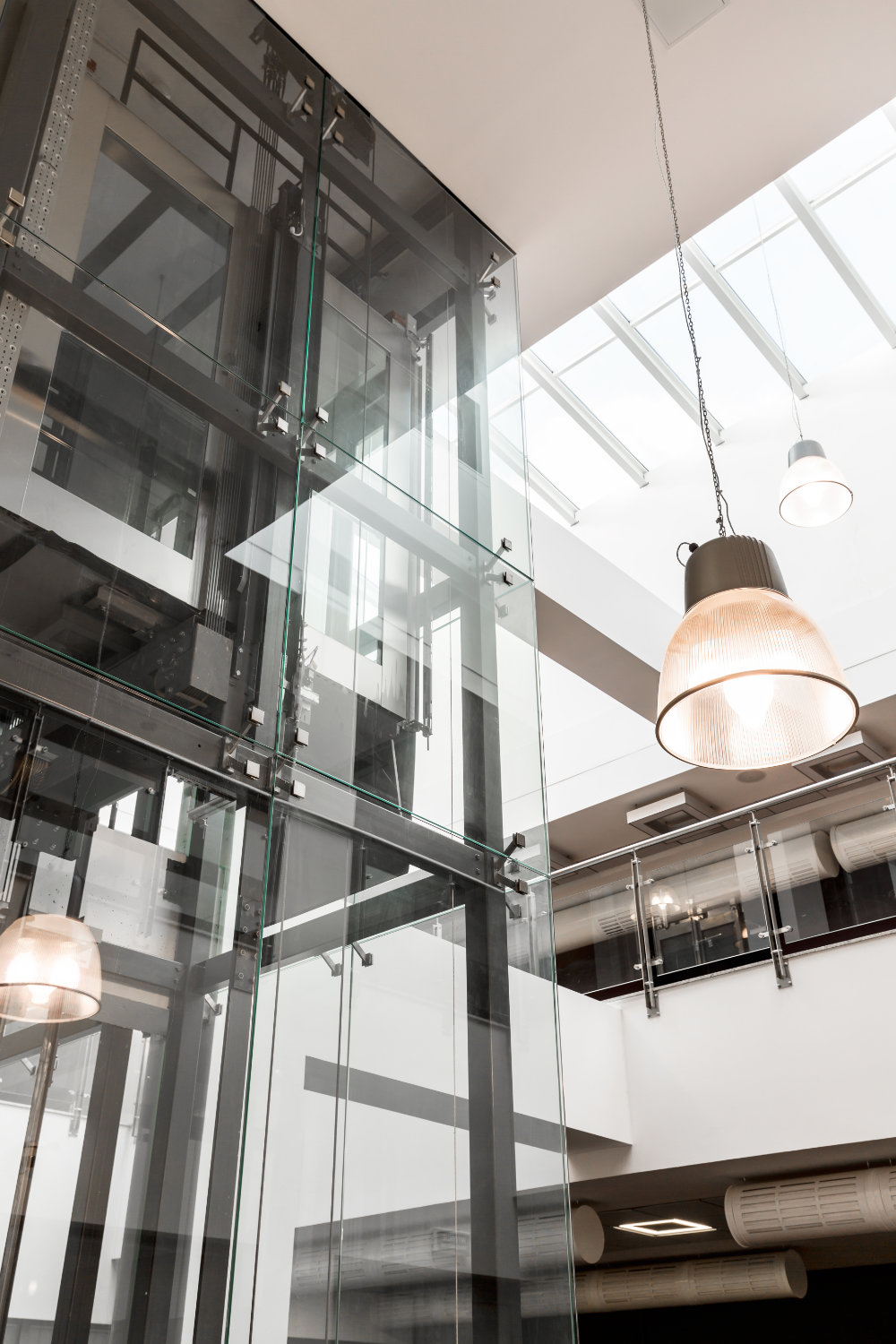Post:
The Maintenance Requirements for Different Types of Lifts
Published:
August 16, 2025
Maintaining lifts is crucial for ensuring their smooth operation, safety, and longevity.
Whether it's a home lift, passenger lift, vehicle lift, low pit lift, or commercial lift, understanding the specific maintenance requirements is essential.
Here are the maintenance needs of different types of lifts.
Home Lifts - Maintenance requirements
- Regular Servicing: Home lifts require periodic servicing to ensure they operate safely and efficiently. Acute Elevators recommends servicing every 6 to 12 months, depending on usage and manufacturer guidelines.
- Safety Checks: Routine safety checks are essential for home lifts, including inspection of brakes, cables, and emergency systems.
- Modernisation Options: Consider lift modernisation to upgrade safety features and improve energy efficiency over time.
Passenger Lifts - Maintenance requirements
- Frequent Inspections: Passenger lifts in commercial and residential buildings should undergo more frequent inspections, typically every 3 to 6 months.
- Compliance Checks: Ensure passenger lifts comply with EN81 standards and local regulations for safety and operational standards.
- Emergency Preparedness: Regular drills and testing of emergency procedures are necessary to maintain passenger safety.
Vehicle Lifts - Maintenance requirements
- Specialised Maintenance: Vehicle lifts used in garages or car parks require specialised maintenance due to their heavy-duty use.
- Hydraulic System Checks: Regular checks of hydraulic systems and lifting mechanisms are critical for vehicle lifts.
- Greasing and Lubrication: Ensure proper greasing and lubrication of moving parts to prevent wear and tear.
Low Pit Lifts - Maintenance requirements
- Dust and Debris Control: Low pit lifts are susceptible to dust and debris accumulation, requiring regular cleaning and maintenance.
- Pit Drainage: Ensure proper drainage in the pit area to prevent water damage and corrosion.
- Component Inspection: Regular inspection of pit components like guide rails and lift mechanisms is essential for smooth operation.
Commercial Lifts - Maintenance requirements
- Intensive Maintenance: Commercial lifts serving high-traffic environments need intensive maintenance, often monthly or bi-monthly.
- Performance Monitoring: Utilise lift monitoring systems to track performance metrics and identify potential issues early.
- Emergency Service: Have a reliable 24/7 emergency service plan in place to minimise downtime in case of lift failures.
In summary
Understanding the maintenance requirements for different types of lifts is crucial for ensuring safety, reliability, and compliance with regulations. Acute Elevators offers comprehensive lift maintenance services tailored to meet the specific needs of homeowners, architects, and property developers across the UK. Whether you need routine servicing, lift modernisation, or emergency repairs, our team is dedicated to keeping your lifts operating smoothly and safely.
For expert advice on lift maintenance and installation UK-wide, contact Acute Elevators today. Let us help you enhance accessibility and safety in your building with our top-tier lift solutions.
